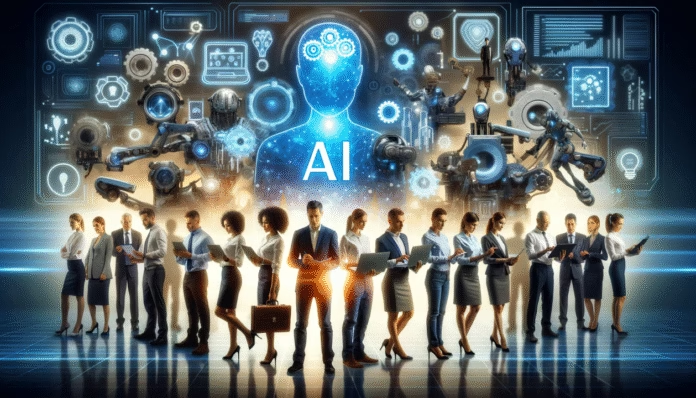The growing demand for AI solutions across businesses requires CIOs to adopt a strategic, structured approach, building teams that are tightly aligned with organizational priorities.
A few years ago, executive sponsorship was the biggest barrier to AI initiatives. Today, the challenge has shifted: CIOs face a flood of AI requests, requiring them to prioritize initiatives while building high-performing teams capable of delivering measurable impact.
Katrina Redmond, CIO at Eaton, created an “AI factory” aligned with specific business areas to meet pressing needs. While subject matter experts don’t report directly to IT, they collaborate closely with the AI team. “We jointly decide which initiatives to prioritize based on value creation and move forward accordingly,” she says.
Each team at Eaton includes an AI lead, product owners, machine learning engineers, data engineers, and cloud/DevOps specialists who work closely with business domain experts. Redmond emphasizes that having a VP of AI and innovation is also crucial to building effective teams.
However, technical skills alone aren’t enough. Kathy Kay, EVP and CIO at Principal Financial Group, stresses the need for product managers who can translate business problems into terms technical teams can act on. “This could be a product manager on the business side or in IT, someone with the experience to bridge business needs and technical execution,” she explains.
Hugh Burgin, AI automation and analytics leader at EY Americas, adds that ROI comes not from any single role but from the combined effort of all team members working together.
Core Roles and Responsibilities
Effective AI teams generally cover five key categories:
Executive Sponsors: Provide leadership support and ensure initiatives are aligned with business goals.
End-User Engagement: Early involvement of users ensures AI adoption and usability.
Transformation Engineering: Product owners and functional leaders help develop AI applications while understanding business processes.
Product Delivery & Change Management: Project managers, scrum masters, and change management professionals drive implementation.
AI Support Roles: IT professionals ensure responsible AI, governance, and operational consistency.
Within the core team, critical roles include data scientists, AI engineers, and data engineers. Additional roles may include AI architects, model managers, validators, testers, product managers, and ethicists to ensure AI systems are accurate, fair, and ethical.
Arun Chandrasekaran, VP at Gartner, notes that data scientists now focus more on tuning and operationalizing pretrained models, while model managers and validators ensure optimal performance and compliance. AI ethicists monitor for bias, toxicity, and harmful outputs, particularly in regulated industries.
Platform vs. Product Teams
At Black & Veatch, AI work is divided between platform teams, which leverage capabilities from strategic providers like Microsoft and Salesforce, and digital product teams, which develop business-specific AI solutions. Platform teams focus on integration and adoption, while product teams manage end-to-end development of AI solutions, including generative and applied AI, MLOps, and data engineering.
Platform-specific roles include architects, portfolio managers, and platform engineers. Product teams include digital product managers, delivery leads, scrum masters, software developers, solution architects, and cloud/DevOps engineers. Data engineers and architects are added when AI products require generative or applied AI expertise.
Training, Hiring, and Outsourcing
Given the high demand for AI skills, many organizations focus on training existing employees. Principal Financial pairs IT staff with experienced mentors and provides “stretch assignments,” while Black & Veatch cross-trains engineers to work with AI and analytics. Eaton has transitioned existing innovation teams to focus on AI, improving data stability and governance.
External hiring is still necessary for some specialized roles. Kay advises hiring engineers who are flexible, creative, and familiar with relevant AI models. Outsourcing can also help close skills gaps while providing internal teams with practical experience. Burgin emphasizes selecting partners who bring expertise and can extend the organization’s capabilities.
Leadership and Strategy
Even with skilled teams, success depends on strong leadership and strategic focus. Adams at Black & Veatch advises starting with a few clearly defined projects to build momentum before scaling. Redmond highlights the importance of measurable objectives and a clear pathway to achieving them.
Burgin stresses cross-functional collaboration, even if team members report to different parts of the organization. AI initiatives should focus on transforming specific business processes with integrated teams working daily to achieve measurable outcomes.
Finally, CIOs must invest in their people. “Teams can learn quickly and make a huge contribution if AI is a core part of the organization’s roadmap,” says Kay. By combining strategy, training, and strong leadership, organizations can build AI teams capable of delivering real business impact.


